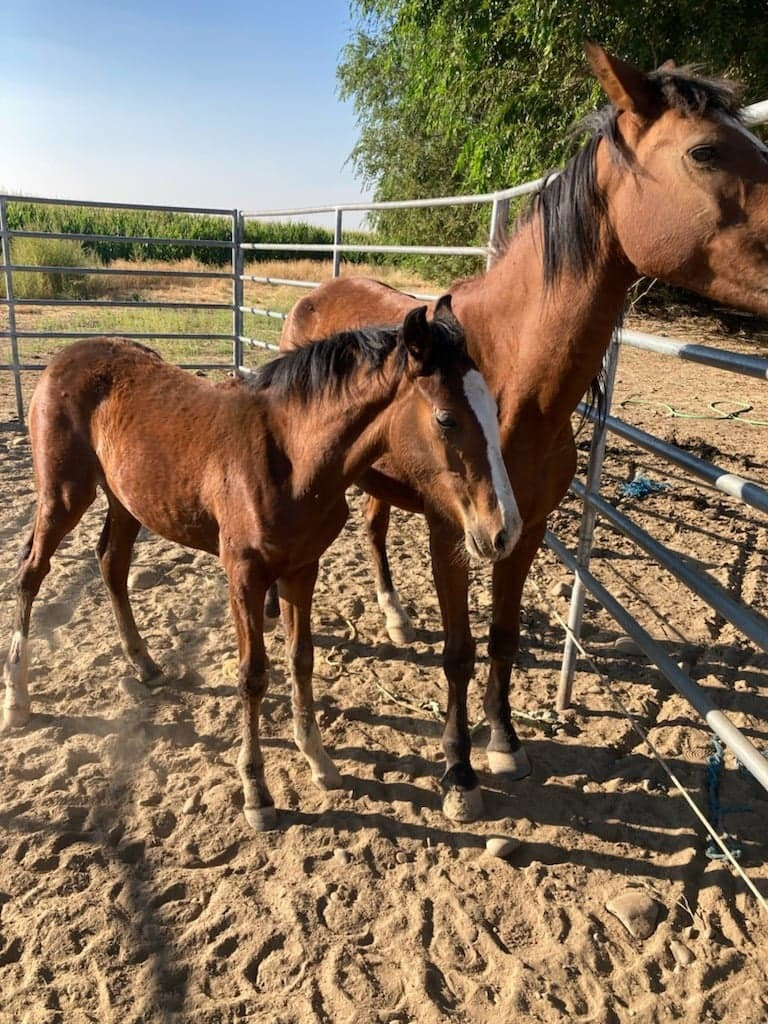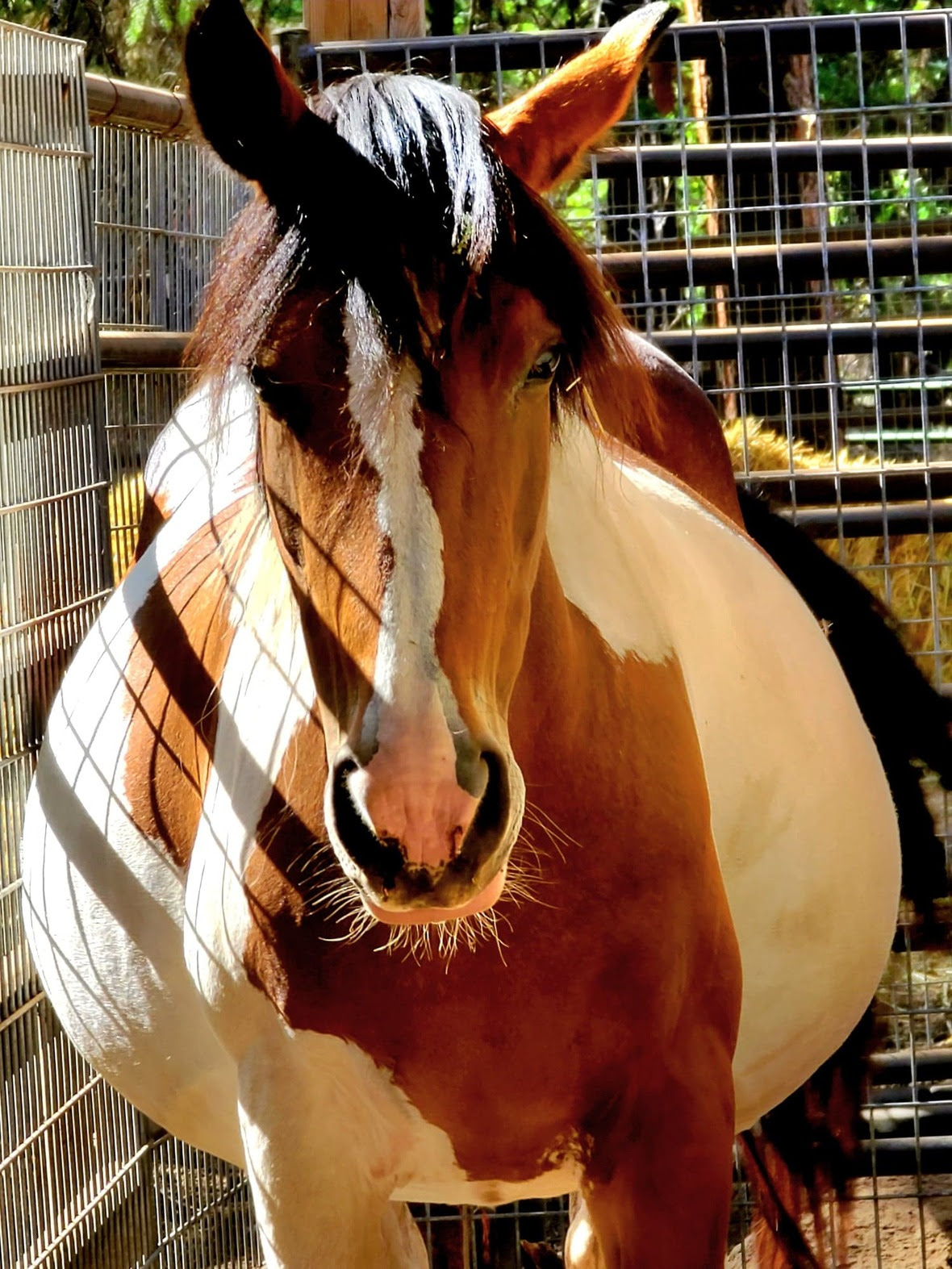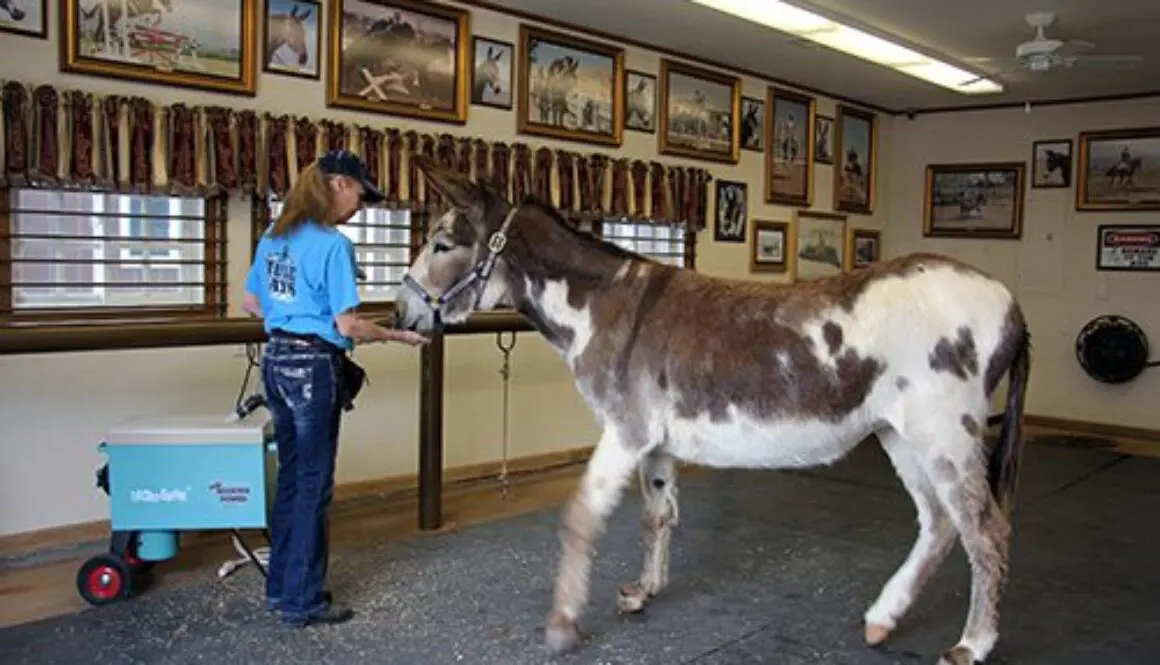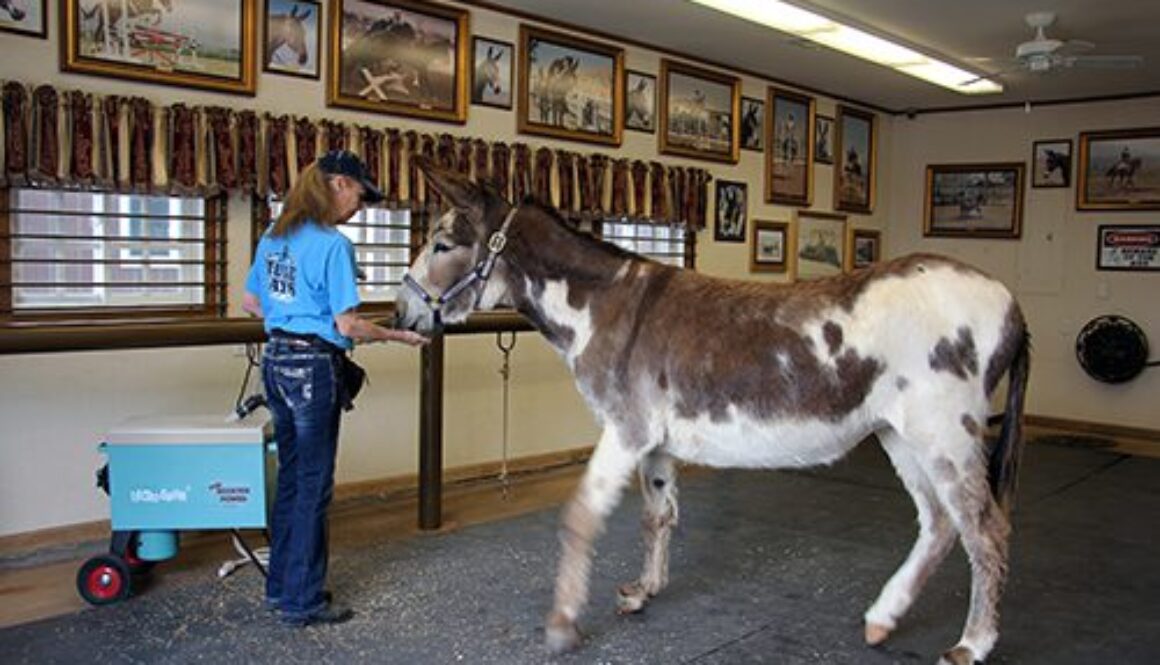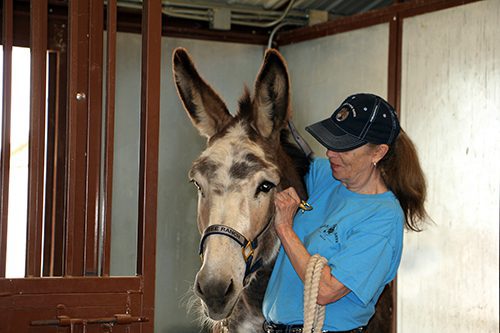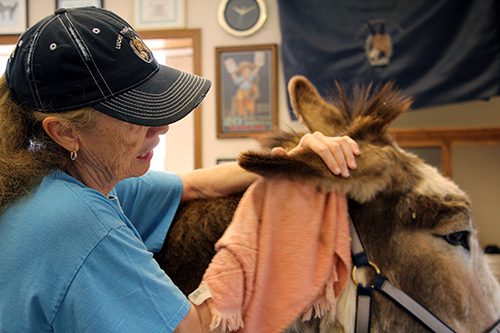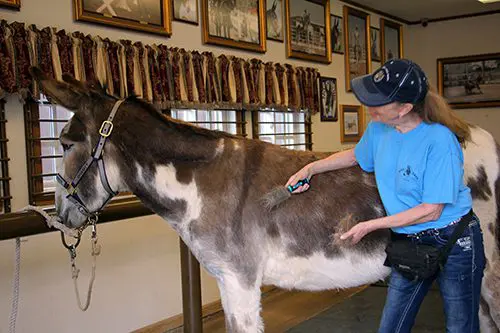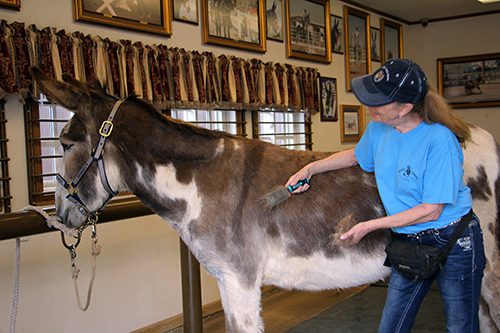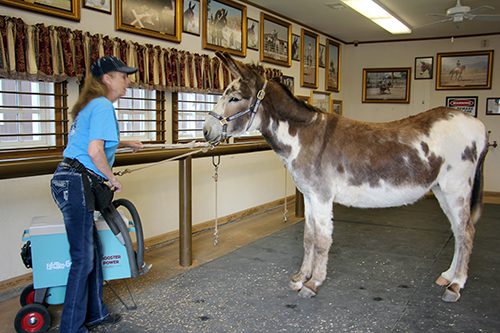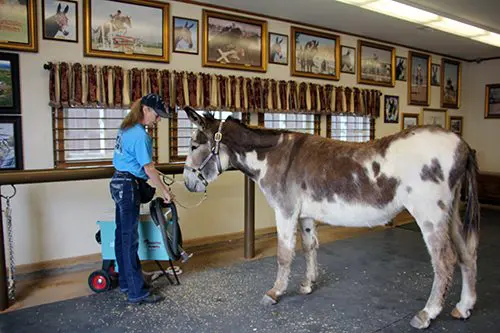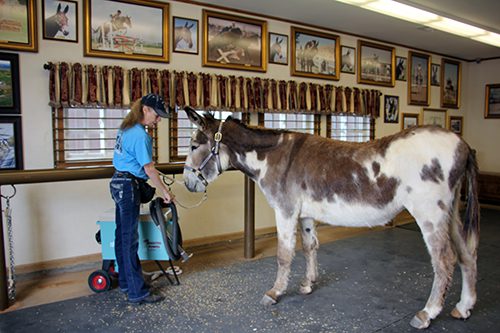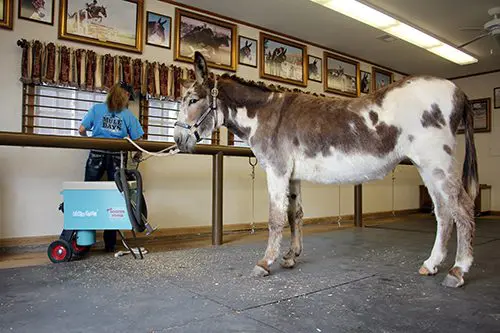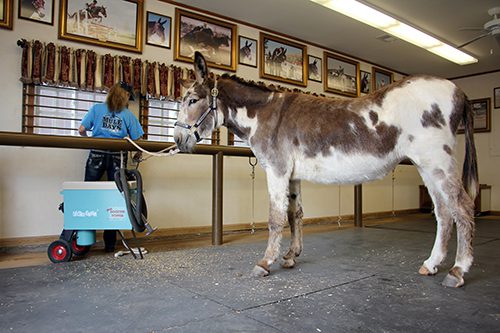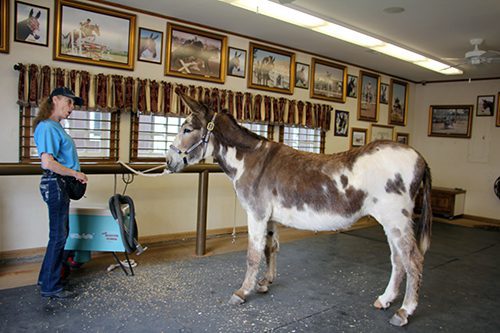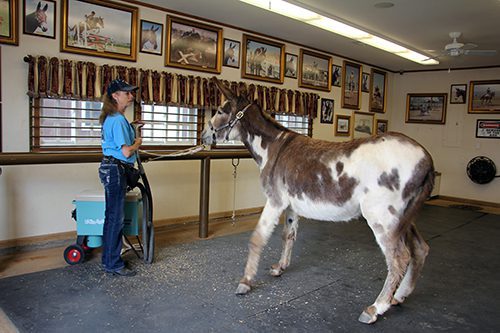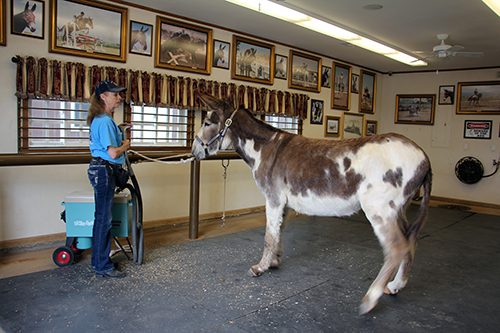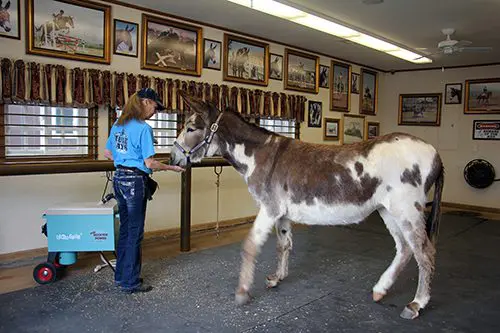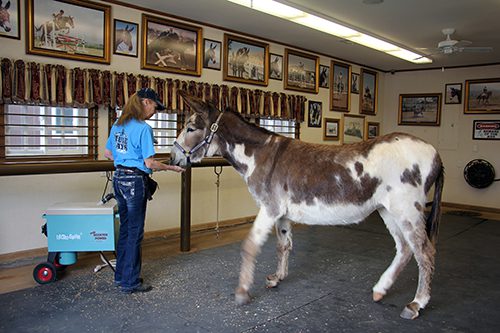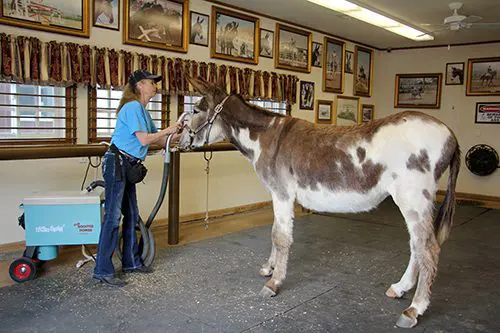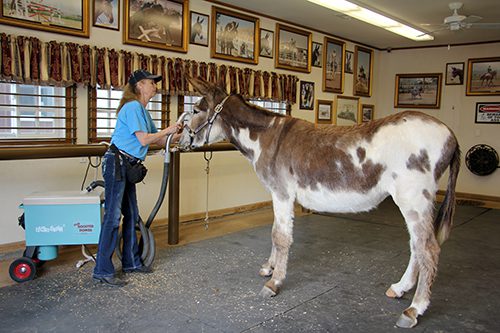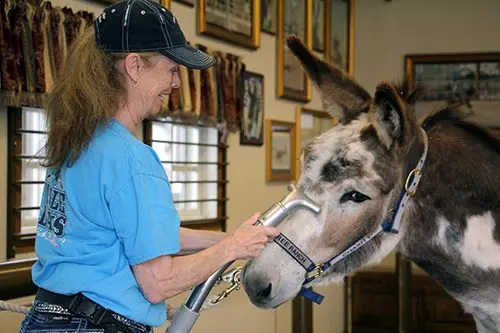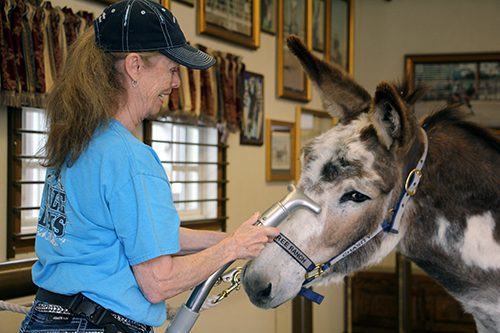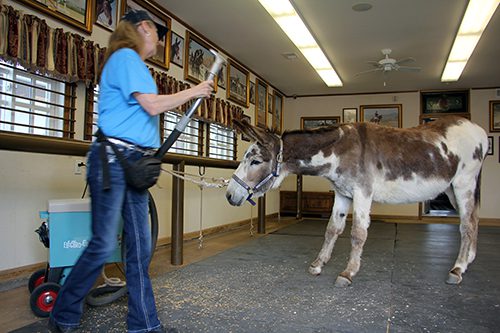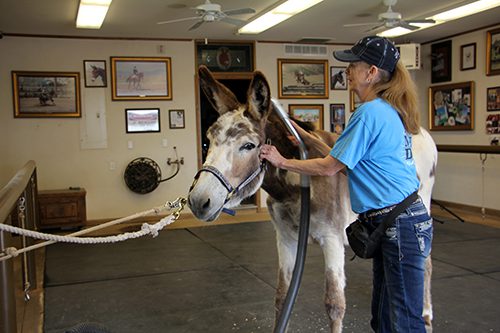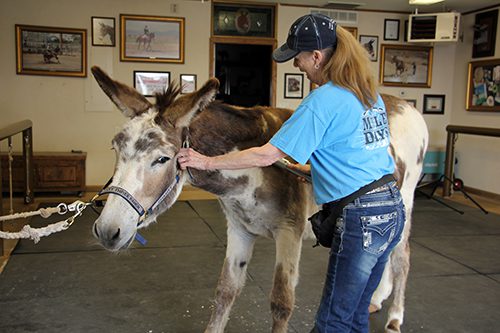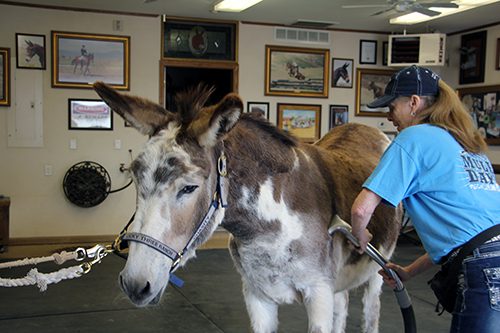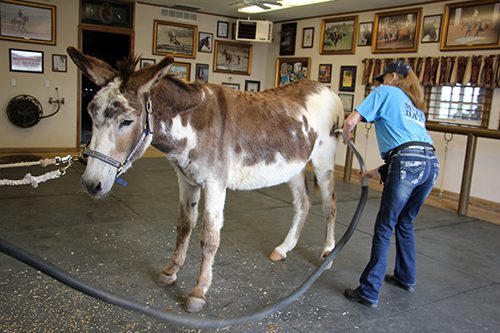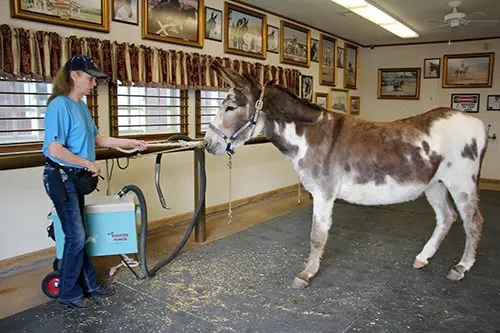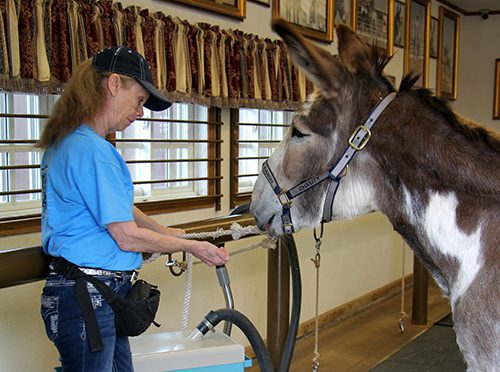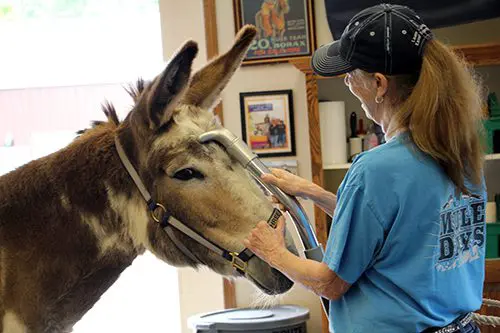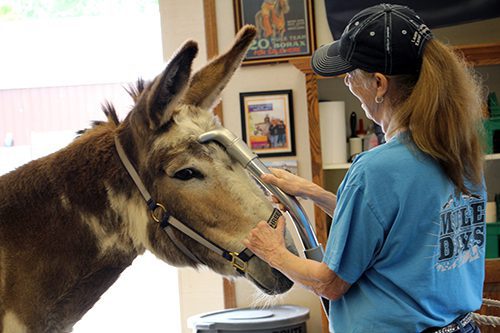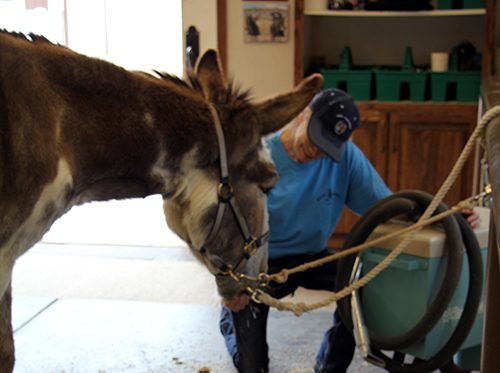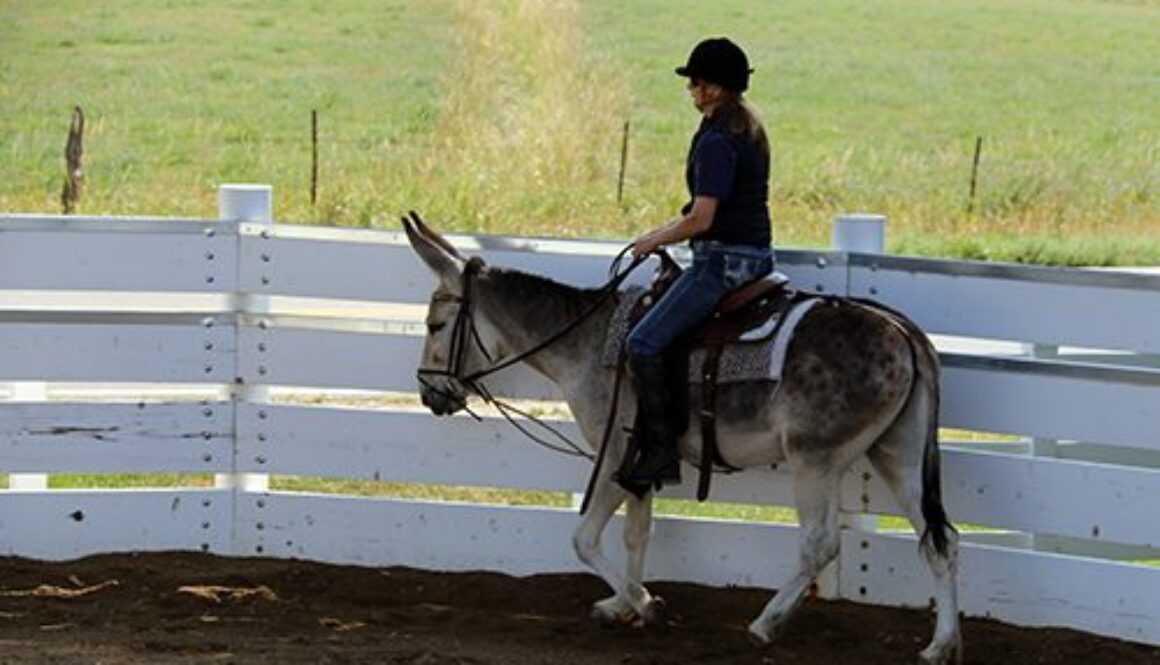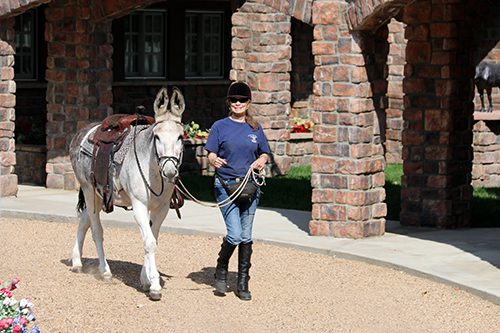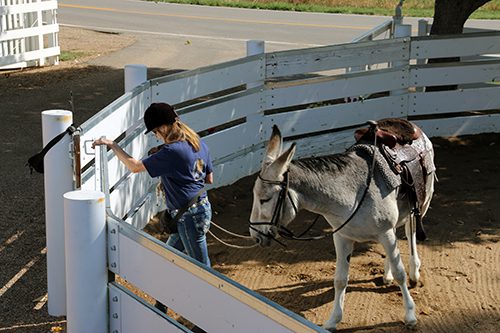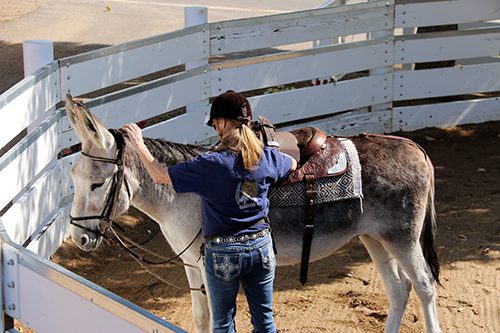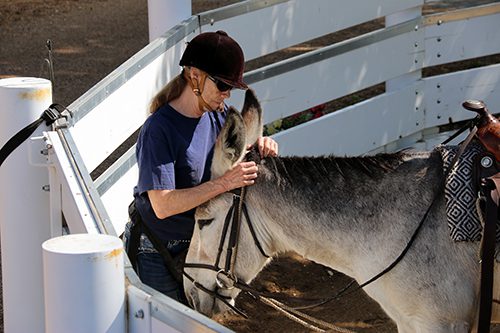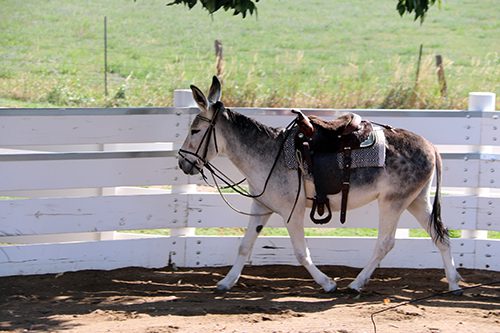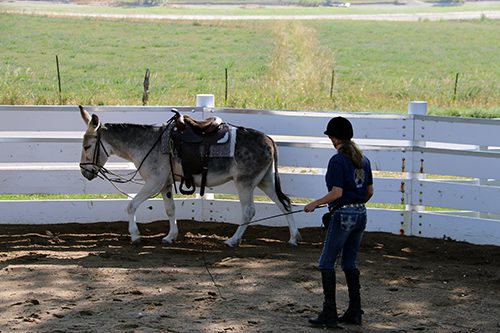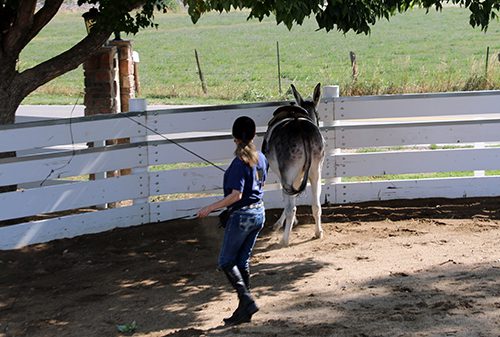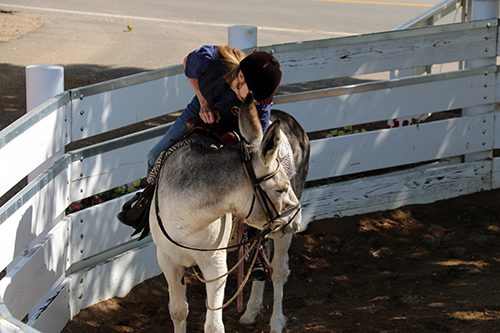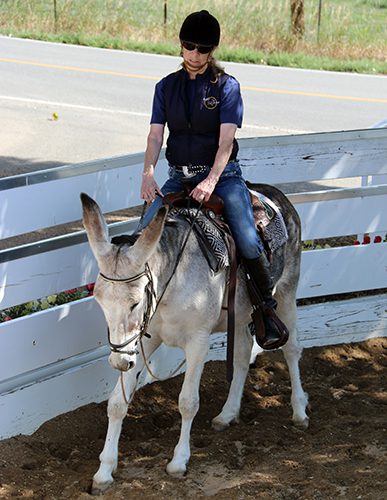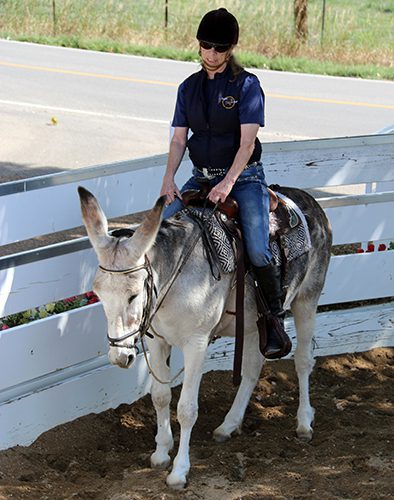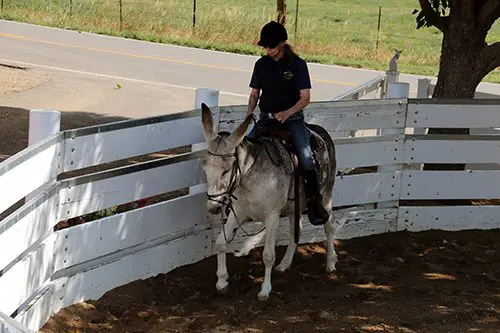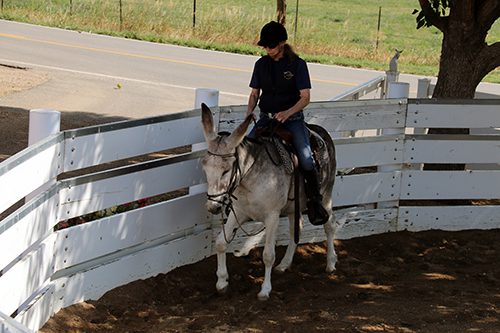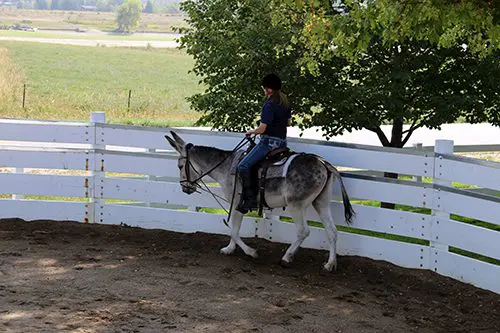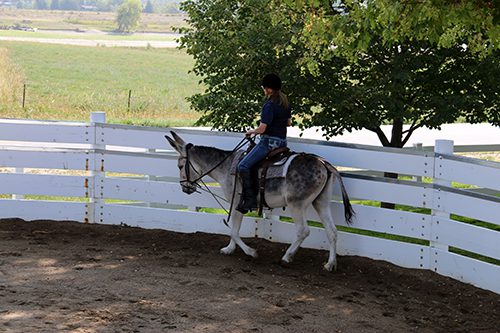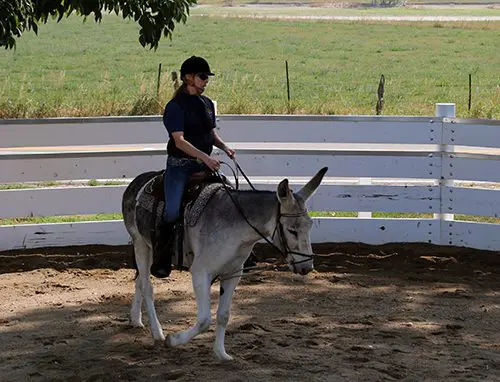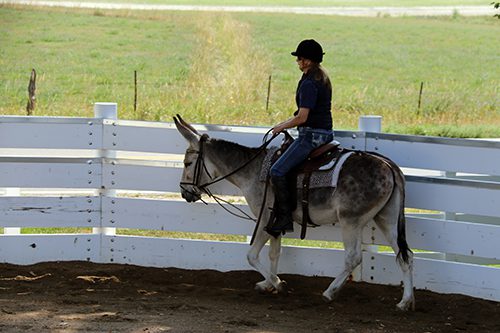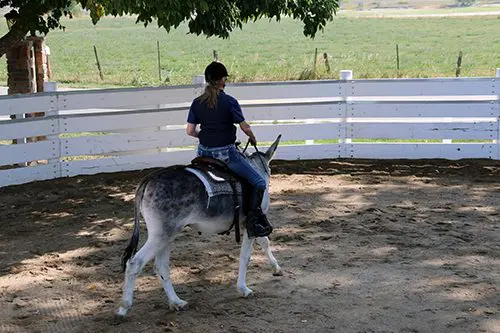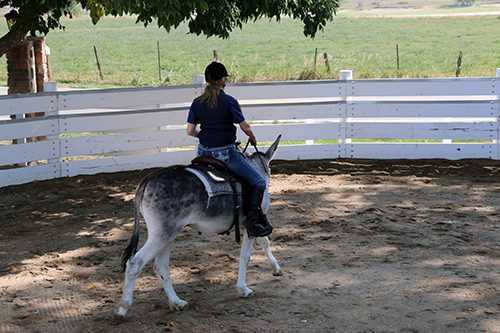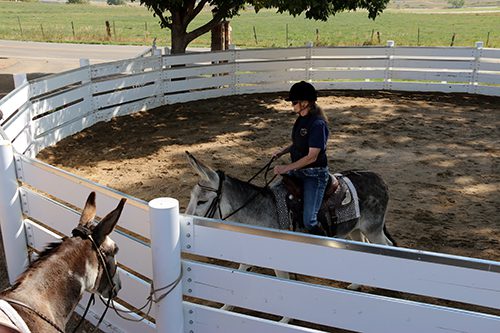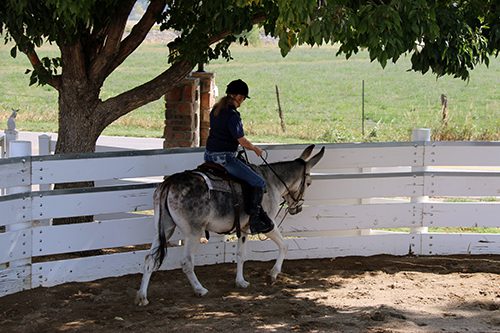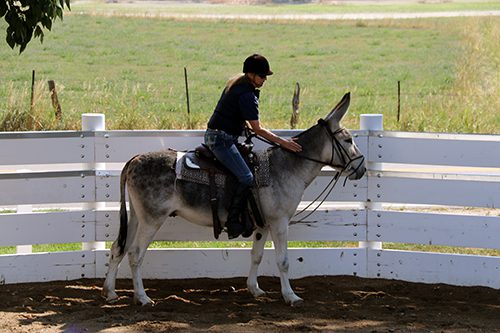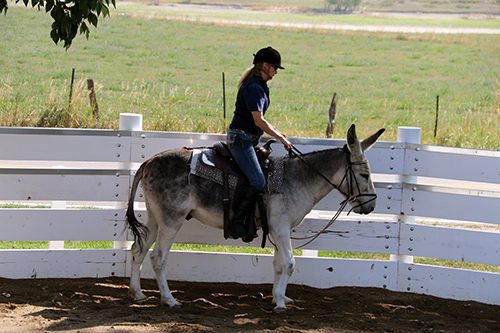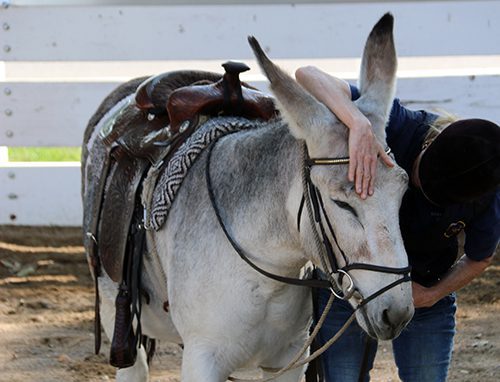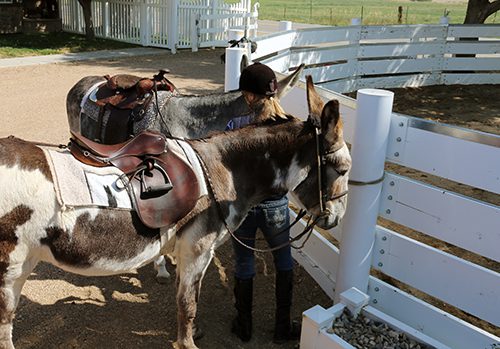Celebrating National Wildlife Day with Stargazer and Nora
The following is from the American Wild Horse Campaign:

Melissa here.
Today at AWHC, we’re celebrating National Wildlife Day by continuing the fight to keep wild horses and burros wild, and if they’ve lost their freedom — making sure the ones we can help are given a life that’s truly the next best thing.
Today, I wanted to introduce you to two horses that I adopted, Stargazer and Northstar (or Nora for short), a bonded pair who I think are the perfect embodiment of what this holiday represents.
In the Spring of 2020, Stargazer found Nora injured and alone on the Onaqui Mountain range in Utah. He never left her side until July of 2021, when the Bureau of Land Management’s (BLM) helicopters descended on the Herd Management Area and rounded up over 400 innocent wild horses. I knew if I did nothing, these two mustangs would never be together ever again.

Over the next several months, I did everything I could to reunite this pair. I needed to get my home ready for them, get my adoption application approved by the BLM, and keep an eye on the auction calendar for my chance to bid. After many delays, auction day was finally here and with bated breath, I finally secured the winning bids.
This bonded pair was coming to their forever home with me.
Picking them up from BLM holding was an emotional day. The two had been placed in a special pen together — they were never seen far apart, often touching. Nora would lie down in the mud and Stargazer would stand over her, protecting her. We loaded them onto the trailer, clearly nervous, they stepped in unsure of what was to come, but they would do it together.

Photo: RJ Stein Photography
When they arrived at our farm, Stargazer and Nora seemed to recognize they were no longer in danger. They had a dry space, fresh water, space to roam, and gentle humans to care for them. Every day, these two gorgeous mustangs are curious, open, and trusting. They are willing and forgiving.
When I watch them with one another, I still desperately wish they were in the wild, but sadly I know that can’t be an option for them again. So every day, the staff at AWHC works to fulfill our mission to honor the mustangs and burros that were taken from the wild by fighting to keep those still on public lands wild, free, and with their families.

Photo: RJ Stein Photography
I am so proud to be a part of the important work that AWHC is doing – in the field, in the courts, and on Capitol Hill. Please consider donating in celebration of National Wildlife Day as we fight to keep our cherished wild herds in the wild where they belong.
| CONTRIBUTE |
Thank you. For the wild ones,
Melissa Tritinger
Deputy Director
American Wild Horse Campaign


